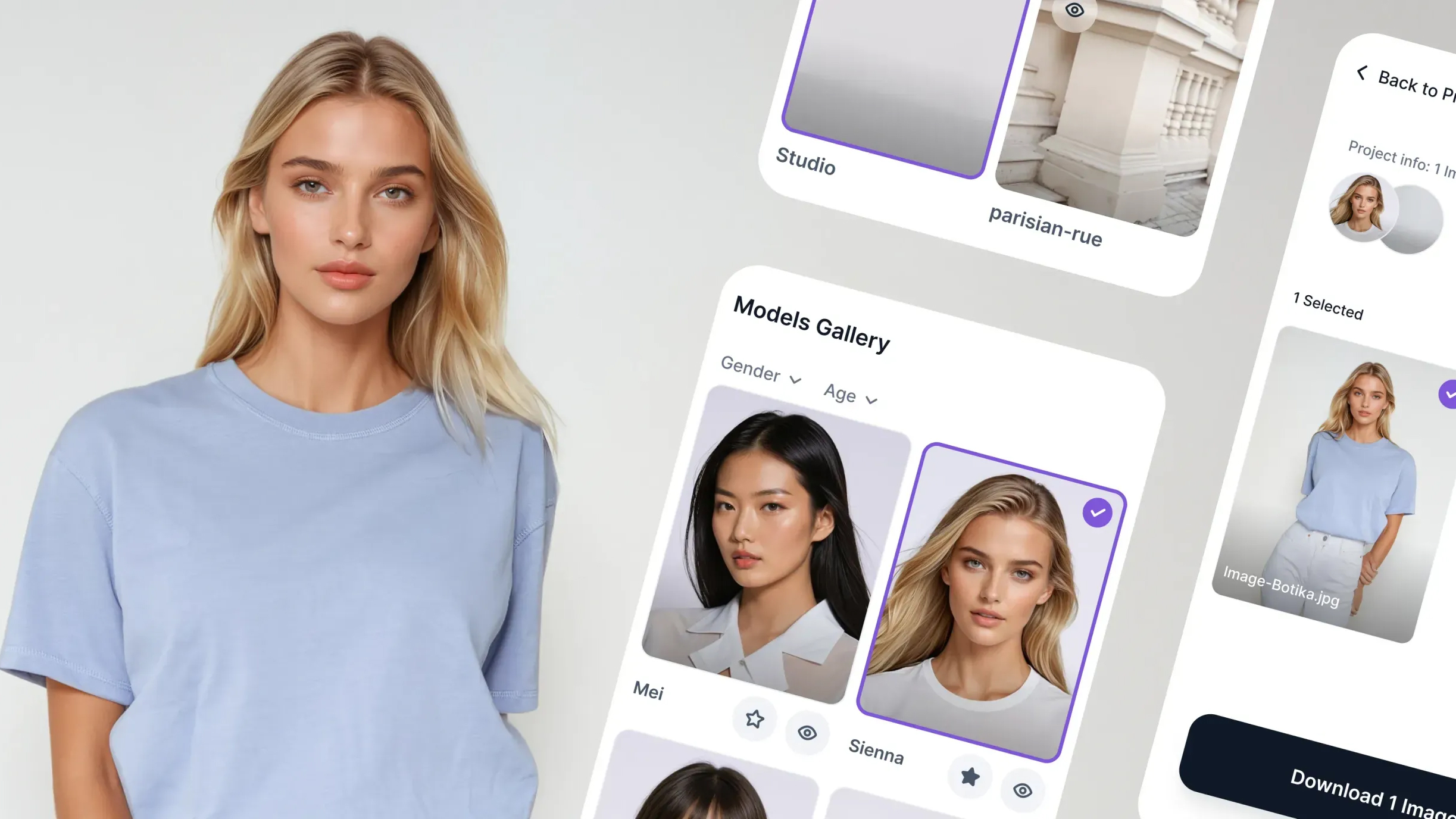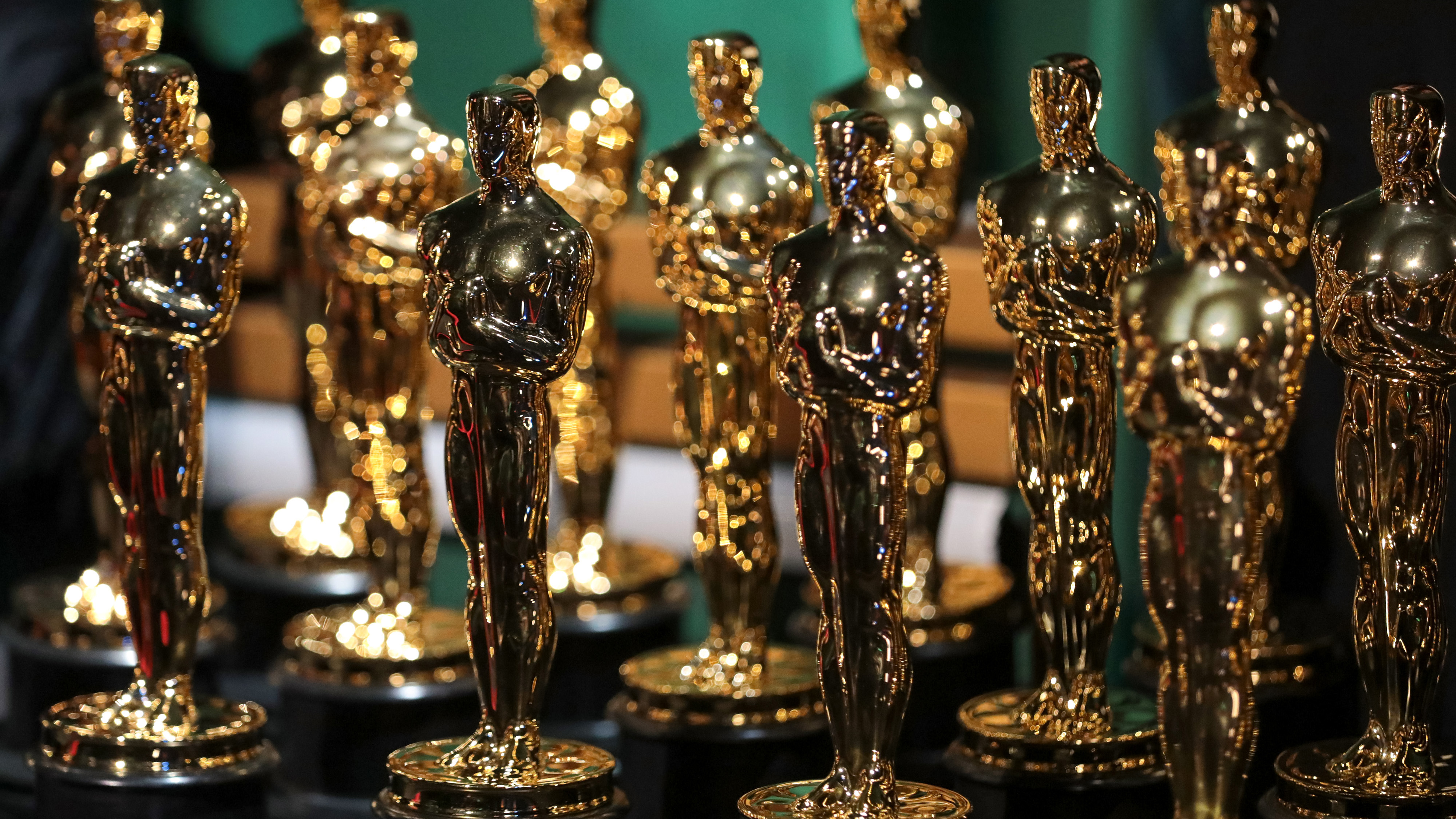New iPhone app creates professional-looking fashion photos using AI models. It’s the last thing photographers need, but what about shoppers?
Botika is a new iPhone app that generates lifestyle fashion imagery from simple flat-lay photos of the clothing

A startup AI fashion modeling company has launched an iPhone app that can take a flat lay photograph of clothing and use it to generate lifestyle graphics of the clothing on models. Earlier this week, Israel-based company Botika announced the launch of an iOS app for generative fashion imagery along with $8 million in funding (equivalent to about £6.5 million / AU$12.8 million).
The Botika app allows users to upload a photograph of a piece of clothing, or multiple pieces, in a flat lay style or worn on a person, to then generate a variety of images of that clothing being worn. The app also allows users to choose a “model” to wear the clothing and select a background. Currently, Botika’s AI is limited to adult models, not children, and doesn’t yet support shoes, jewelry, or makeup.
Botika isn’t the first to bring AI generated images into the fashion industry. But as a photographer, the continued push into AI-generated fashion imagery is disheartening to see. Botika says that its customers have reduced photoshoot costs by 90 percent. The brand’s about page features a quote by a small business owner that ends with “Botika’s images look so realistic my sons told me I was out of a job" as if that is a good thing.
Generative AI is still young, and the Botika platform has some limitations. For now, the app has a limited number of models and backgrounds to choose from and doesn’t currently support text prompts to request a custom result. Clearly, an actual photographer will deliver far more creative images than a pre-set list of backgrounds and models. The platform seems to cater more towards small businesses that couldn’t otherwise afford an extensive photo shoot.
The app also doesn’t support accessories and, while the real people in the uploaded photos could be wearing them, the company warns that jewelry and other accessories may not render properly in the final results. Symmetry is a common struggle in the generative AI platforms that I’ve tested, so looking for two different earrings rather than a matching pair is one of the ways I try to spot AI-generated photos.
The app does include models from a variety of different ethnicities and could potentially help brands showcase their products on more skin types. But as the clothing brand Levi found when it faced backlash for a similar AI, generating more ethnicities could covertly also mean not hiring – and therefore not supporting – models that are minorities.
But, outside of generalizations on the potential impact of generative AI on photography, is the technology helpful for shoppers? Will an AI rendering be able to accurately portray the way a garment originally photographed as a flat lay drapes and clings to a real person? The generative AI that I’ve tested in an attempt to understand them struggled to even match buttons from one side of the shirt to the other, along with struggling with things like texture.
Get the Digital Camera World Newsletter
The best camera deals, reviews, product advice, and unmissable photography news, direct to your inbox!
I like to browse hairstyles on Pinterest, but since generative AI became widely available, I’ve all but stopped because every other photo seems to be AI-generated, and I have to wonder, would real hair with real texture actually lay like that?
The same concept applies to clothing. Will an AI-generated image of a blouse drape the same way it would over a real woman’s curves? AI is known for being biased – one researcher, for example, found a much higher rate of error on both people of color and minorities. Thankfully, the generated images shared by Botika share a range of different ethnicities and I was particularly relieved when I saw a generated image of a thin model that didn’t have a perfectly flat stomach.
I feel as if fashion photos have only recently reached a point where it's okay and even celebrated for brands to stop Photoshopping teenage models and for fashion brands to photograph clothing on multiple body types. Now, here comes generative AI so that brands no longer have to hire diverse models – or even any people at all. I hope the industry is ready for such a change.
Browse the different ways to spot a generated image or browse through our favorite mirrorless cameras.

With more than a decade of experience reviewing and writing about cameras and technology, Hillary K. Grigonis leads the US coverage for Digital Camera World. Her work has appeared in Business Insider, Digital Trends, Pocket-lint, Rangefinder, The Phoblographer and more.
